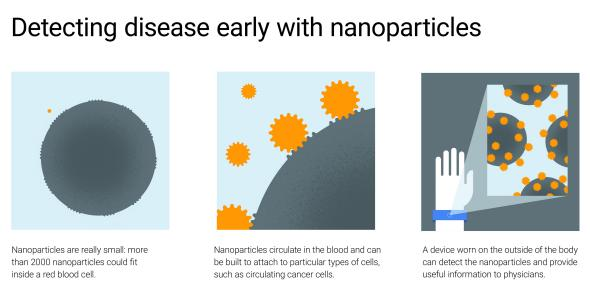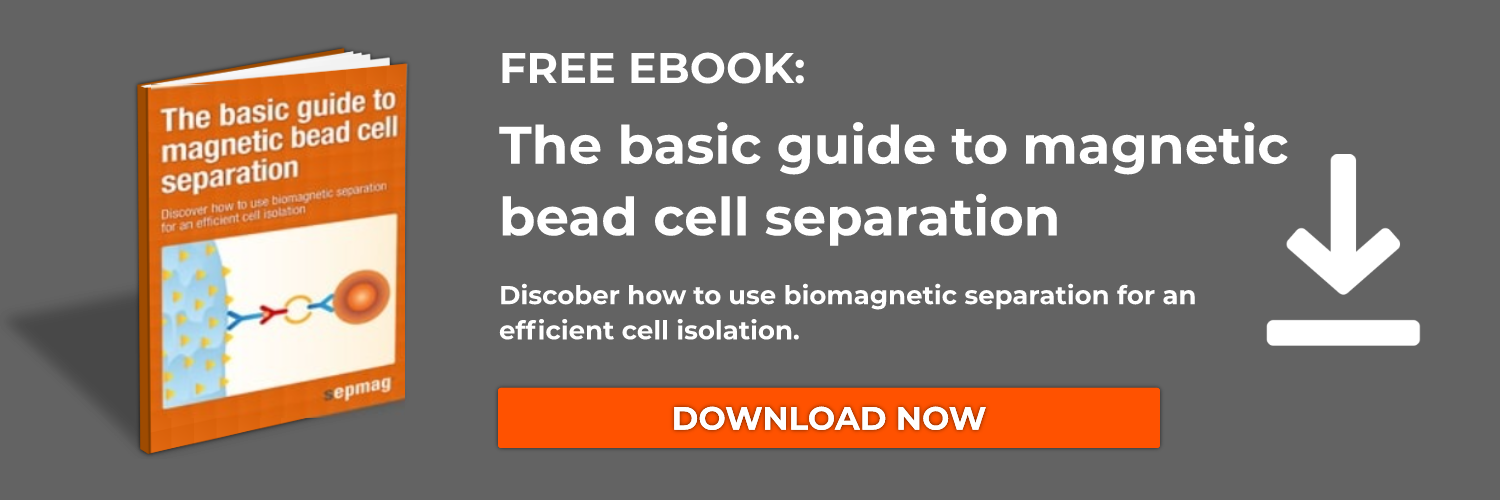Earlier last week, Google revealed details regarding its most recent biomedical technology project: magnetic nanoparticles capable of providing advanced warning of impending disease. The announcement was made by Andrew Conrad, a member of Google’s special projects division, Google X. Conrad, who heads Google X’s Life Science team, reported that the company is developing nanoparticles capable of monitoring an individual for early signs of impairment, such as cancer, heart attack, and stroke.
Image credits: Google X
Magnetic nanoparticles target disease markers
The plan centers on magnetic nanoparticles decorated with antibodies specific to certain receptors, proteins, and molecules present on disease markers. The particles are intended to target specific markers, e.g., tumor cells or circulating fatty deposits, and adhere to them upon discovery. Unbound particles are magnetically drawn to a device for quantitation and subsequent data processing.
Per Conrad, the particles would be delivered orally in the form of a pill. The magnetic device to which the particles are drawn would be a wearable apparatus, such as a wristband. The device would process acquired data and issue an alert if a certain threshold of particles was not met, a result indicative of the presence of targeted disease markers.
The underlying principle is that of prevention. Ideally, patients would be alerted to impending disease and could take appropriate preventative measures. The magnetic particles would function as a constant monitor, detecting warning signs well before symptoms manifest.
Implementation requires an understanding of baseline parameters
The company acknowledges that the success of the project requires an understanding of individual baselines regarding acceptable levels of potential target molecules. To this end, researchers at Google have been working in collaboration with investigators at Stanford University and Duke University on the aptly titled “Baseline Study,” which aims to define the parameters of a healthy individual.
Work is currently underway on the particles as well as an associated wearable magnetic device, but researchers acknowledge that an implementable product is still at least five years away. Addressing privacy concerns, Conrad stressed that the final product would be licensed out to a third party. The company itself would not be responsible for medical data collection or storage.
Details of the project were disclosed at The Wall Street Journal’s 2014 WSJD Live conference, held in Laguna Beach, CA. The complete conference report can be accessed through The Wall Street Journal’s website.
Related news:





